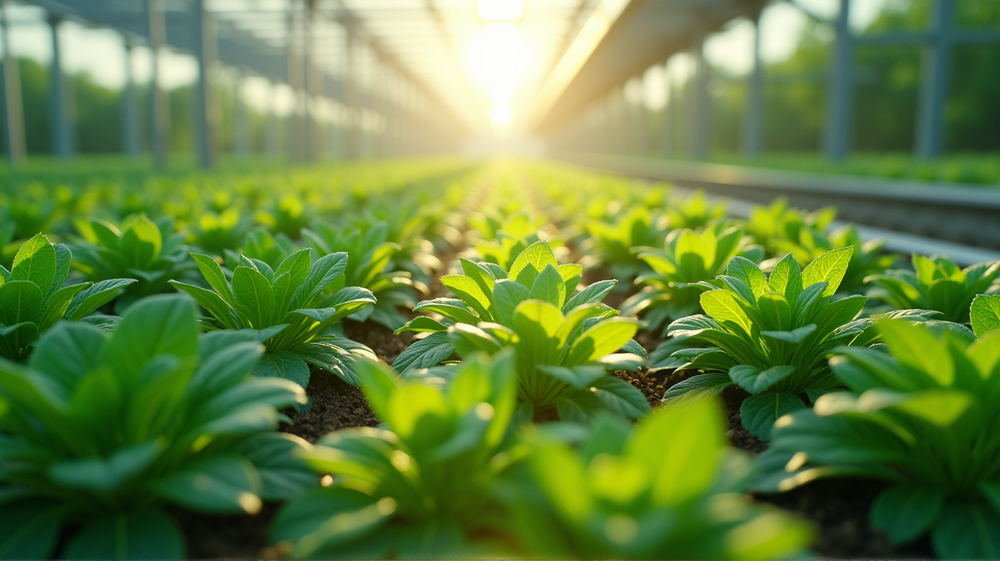MIT's Silk Microneedles: A Revolutionary Leap in Sustainable Agriculture
Imagine a future where the vegetables in your kitchen aren’t just fresh but fortified with essential nutrients thanks to innovative silk microneedles. This isn’t science fiction, but a tantalizing reality thanks to the groundbreaking work of MIT scientists. According to Earth.com, this novel technology is set to revolutionize the agriculture industry, offering a sustainable and efficient way to nourish plants.
A Sustainable Breakthrough with Silk
The use of silk fibroin for creating biodegradable microneedles has the potential to transform how we approach agriculture. These microneedles, developed by Associate Professor Benedetto Marelli and his team, are injected into plants to deliver vital nutrients like vitamins and minerals directly where they’re needed. Silk is not just eco-friendly but also efficient, as it dissolves without leaving residual waste, thereby protecting both crop and planet.
Precision and Efficiency at Its Core
Traditional farming chemicals often miss their mark, drifting away with the wind or seeping into soil. In stark contrast, these silk microneedles securely anchor within the plant’s vascular system, ensuring precise delivery of nutrients. This specificity means less chemical use per acre, heralding a more efficient agricultural practice. Trials on tomatoes demonstrate that even challenging conditions like iron deficiency can be tackled effectively without harming the plant.
Revolutionizing Nutritional Fortification
The innovation doesn’t stop at plant health. The potential for biofortification is immense, with researchers successfully infusing greenhouse tomatoes with Vitamin B12, essential for human health. This technology could pave the way for nutrient-rich produce that could make a substantial impact on dietary intake, particularly for those relying on plant-based diets.
Dynamic Responses and Automation
The silk microneedles are versatile, offering more than just nutrient delivery. They can also extract samples to monitor plant health in real-time. This dynamic application can provide early warnings about plant stress, far before visible signs appear, allowing for timely interventions. Integrating this technology with robotics promises seamless monitoring and maintenance, aligning perfectly with smart farming trends.
From Lab to Fields: The Next Steps
The excitement doesn’t end in the lab. Moving forward, MIT’s team is exploring scaling these microneedles for large-scale use, evaluating their potential as part of automated systems. There is a future where drones might apply these innovations across vast fields, ensuring uniform application and optimal plant health. This could represent a union of ecological sustainability and agricultural productivity like never seen before.
Economic Viability and Forward Thinking
Silk is already a staple in surgical sutures, hinting at the economic feasibility of this new application. The cost-efficiency of the materials and the potential yield increases promise to make this technology attractive not only to large agribusinesses but also to smaller farms looking to optimize production.
MIT’s journey from lab research to potential widespread agricultural tool represents a melding of material science and ecological mindfulness. With pilot projects underway, the coming seasons will offer invaluable insights into the full potential of silk microneedles, promising a future where every tomato, pepper, and berry is enriched not just in flavor but in sustenance.




